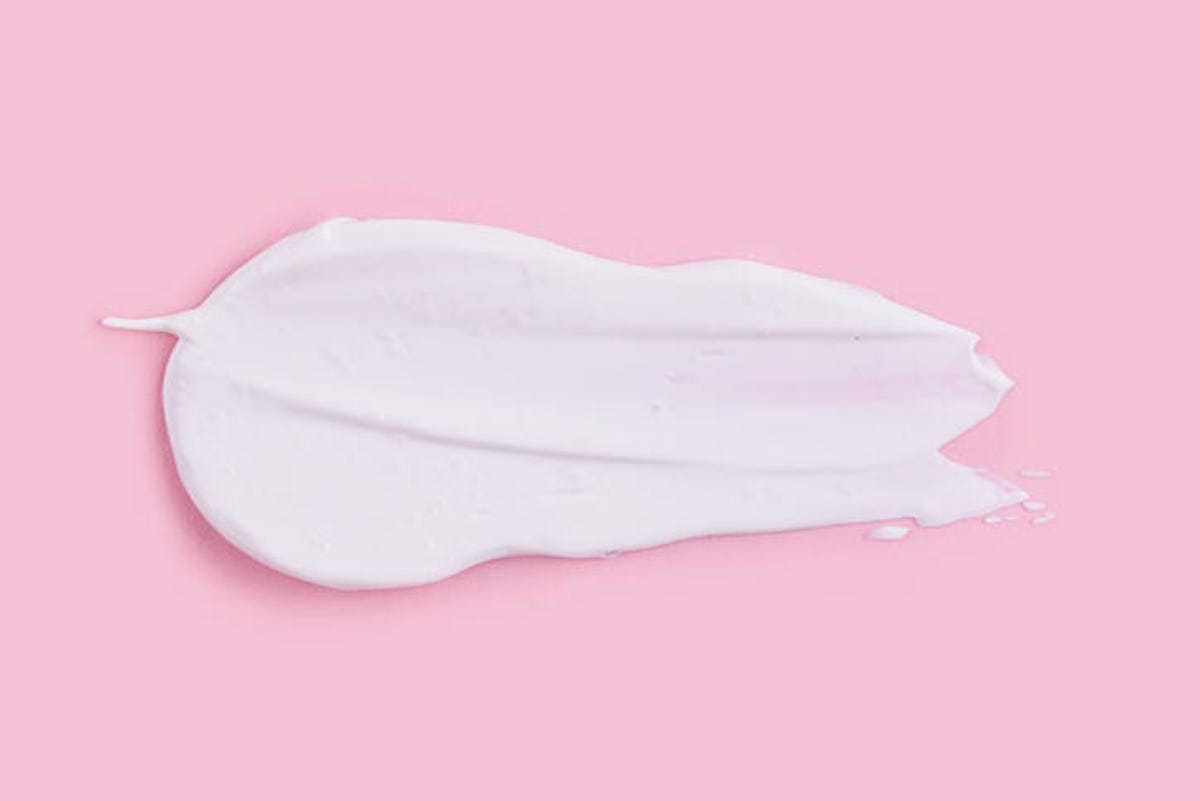Sunscreen is an essential step in every skincare routine. It wards off sun damage, reduces the risk of skin cancer and prevents dark spots and wrinkles. Even if you’re already in the habit of lathering up before you head outside, listen up: You probably need to slather on even more.
We should all wear sunscreen with at least SPF 15, since anyone is at risk for getting skin cancer. But SPF 30 or higher is your safest bet for stronger protection. Sunscreen application isn’t a one-and-done scenario, either. You should reapply sunscreen regularly, at least every 2 hours, and more frequently if you’re sweating a lot or swimming.
But is it enough to apply a small dab of sunscreen, or should you slather a handful on? And what should you do if you use products like makeup or moisturizers that already have an SPF rating? Keep reading for more guidance from dermatologist Dr. Caren Campbell.
Read more: Best Sunscreen
How to apply an adequate amount of sunscreen
For starters, Campbell says that most people aren’t applying nearly enough sunscreen. “Studies show that most people only apply 25 to 50% of [the] recommended amount of sunscreen,” says Campbell. And if you don’t apply enough, you may not be getting the amount of protection that’s listed on the label.
The amount that Campbell recommends for the average adult is “1 ounce of sunscreen, which is the size of a shot glass,” she says. She prefers a liquid sunscreen over a spray, even though they can be convenient. “Spray sunscreens are always going to fall at the bottom of our list, as they’re difficult to ensure good coverage on the exposed areas of the body,” says Campbell.
If you have a hard time envisioning what 1 ounce looks like, esthetician and influencer Tiara Willis popularized the “two-finger rule,” which says that you should apply two fingers’ worth of sunscreen.
When you apply your sunscreen, don’t forget to apply to those often forgotten areas, like your ears, the tops of your feet, head (including the scalp) and neck. “Some of the most aggressive skin cancers occur on your temples, ears and lips oftentimes because those are areas of the body that stick out and get more sun, but also because we forget to lather them in sunscreen,” Campbell says.

Some skincare and makeup products contain SPF, but Campbell says you should still wear sunscreen.
If my makeup/moisturizer/serum is SPF-rated, do I still need to wear sunscreen?
Campbell says this is one of the most common mistakes she sees patients make with their sun protection: You can’t assume that the (typically small) level of SPF that’s provided by your makeup or skincare is enough protection. “Most of my new patients come in using moisturizers with sunscreen or makeup that contains sunscreen and for them, they think this is sufficient — and it’s not,” says Campbell. You’ll still need to apply a good facial sunscreen in addition to whatever is in your makeup or other products for best results, since many of these products are not SPF 30 or higher or they don’t provide broad spectrum protection, according to Campbell.
Read more: Best Sunscreens for Dark Skin in 2023

“Most sunscreen in makeup and moisturizer is chemical sunscreen, which doesn’t work as well or have as complete protection from harmful UV rays as mineral sunscreens, which are physical blocking sunscreens,” says Campbell. Mineral sunscreens work by reflecting the sun off of the skin, rather than absorbing UV rays, which chemical sunscreens do. Campbell recommends mineral sunscreens over chemical because she says they are more effective: “You can also reapply dry sunscreen or powder sunscreen over makeup as you need to reapply every two hours or if you sweat.”
When to apply sunscreen
You have to apply sunscreen at least 15 minutes before you head out into the sun. “Especially with chemical sunscreens, these need to be applied 15 minutes prior to going outside as they need time to start working,” Campbell says. “You need to reapply every 2 hours or if you sweat or swim.”
Keep in mind that even if you use “waterproof” or “water-resistant” sunscreen, you still need to reapply after you’ve been in the water. “Waterproof is no longer a thing — it’s water-resistant, so when you get out of the pool, reapply,” says Campbell.
It never hurts to layer your sunscreen — even if that means adding extra pieces like hats, clothing, or anything else that shields you from the sun’s rays. “SPF clothing, hats, sunglasses, beach umbrellas — all these things help especially when we are sweating and swimming,” Campbell says.
For more sunscreen tips, here’s the ideal SPF you should be using this summer, according to experts. Here’s when sunscreen expires and whether it’s still safe to use. Plus, check out the best facial sunscreens for 2024.






















+ There are no comments
Add yours